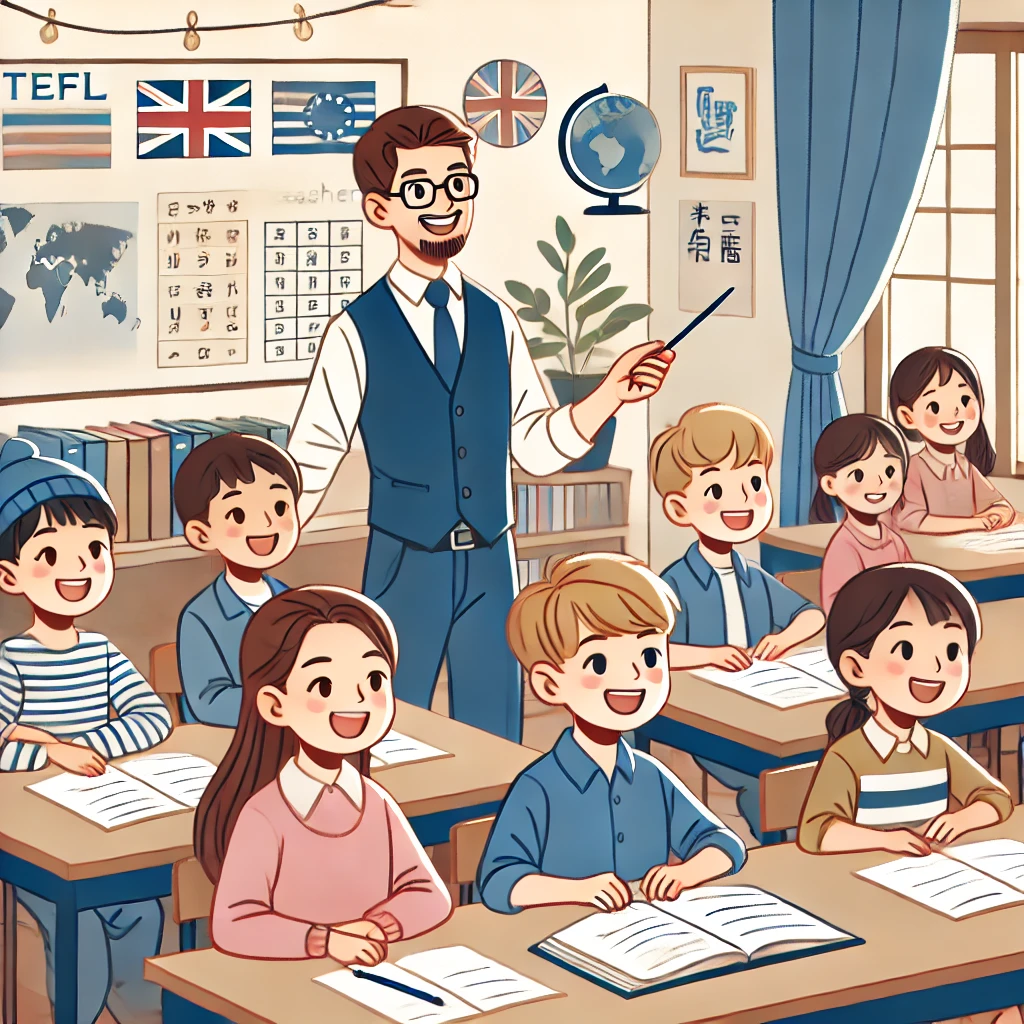Table of contents
1. Introduction
2. Challenges with Traditional English Teaching Methods in Indian Classrooms
3. The Importance of Effective English Language Teaching
4. How ITTT Can Help Improve English Language Teaching in India
In India, the field of English language teaching faces numerous challenges due to the reliance on traditional teaching methods. These methods often fall short in meeting the diverse needs of students in Indian classrooms, leading to ineffective language acquisition and communication skills. As the world becomes increasingly interconnected, the ability to communicate proficiently in English is essential for both academic and professional success. Recognizing these challenges, it is crucial to explore innovative approaches to English language teaching that can better address the needs of students in India.
One of the primary challenges with traditional English teaching methods in Indian classrooms is the focus on rote memorization and grammar drills. While these techniques may help students pass exams, they often do not facilitate the development of practical language skills such as speaking and listening. As a result, many students graduate without the ability to communicate effectively in English, limiting their opportunities for higher education and employment. Additionally, the lack of interactive and communicative activities in the classroom hinders students' ability to engage with the language in a meaningful way.
Another challenge is the limited exposure to authentic English language materials and resources in Indian classrooms. Textbooks often contain outdated or irrelevant content, making it difficult for students to connect with the language in a real-world context. Without access to authentic materials such as newspapers, magazines, and multimedia resources, students may struggle to develop their language proficiency beyond the classroom setting. This lack of exposure to authentic English also impacts students' ability to understand different accents and dialects, which are crucial for effective communication in today's globalized world.
Furthermore, the shortage of qualified English language teachers in India exacerbates the challenges faced in English language teaching. Many teachers lack the necessary training and resources to effectively teach English as a second language, leading to subpar learning outcomes for students. Inadequate professional development opportunities further contribute to the stagnation of teaching practices, hindering the adoption of innovative and student-centered approaches to English language instruction. As a result, students are often left behind in their language learning journey, unable to reach their full potential in English proficiency.
In conclusion, addressing the challenges with traditional English teaching methods in Indian classrooms requires a paradigm shift towards more innovative and student-centered approaches. By incorporating interactive activities, authentic materials, and professional development opportunities for teachers, it is possible to improve the quality of English language teaching in India. ITTT (International TEFL and TESOL Training) offers specialized courses and resources to support English language teachers in enhancing their skills and knowledge. Through ITTT's programs, educators in India can gain the necessary tools and techniques to create engaging and effective English language learning experiences for their students, ultimately empowering them to succeed in an increasingly interconnected world.
Meta Description (160 characters):
Discover the challenges faced by traditional English teaching methods in Indian classrooms and learn how ITTT can help improve English language teaching in India.



